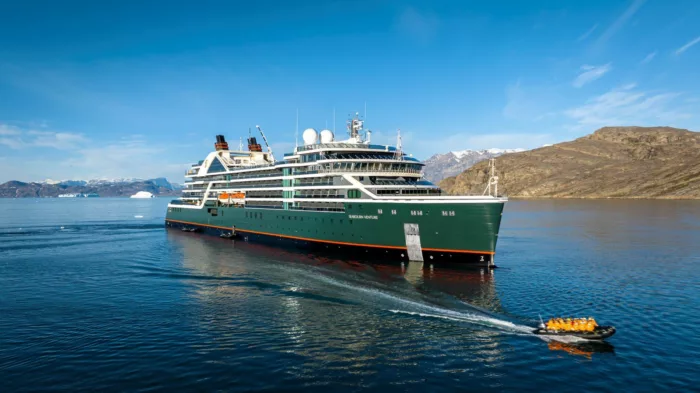33-Day Iceland, Greenland & Northwest Passage




Seabourn's ultra-luxury purpose-built expedition ship Seabourn Venture, paying tribute to the remote destinations visited by the brand's highly successful expedition and Ventures by Seabourn excursion programs and the fascinating places yet to be explored in the future.

For decadent luxury that sails hand-in-hand with personalised experience and in-depth access to world heritage, may we introduce Seabourn Cruises.
Blending nimble power and grace with beautifully designed spaces, Seabourn ships can be likened to lavish resorts. Except, uniquely, the staff already know you just as they also remember your favourite drink.



















Seabourn's ultra-luxury purpose-built expedition ship Seabourn Venture, paying tribute to the remote destinations visited by the brand's highly successful expedition and Ventures by Seabourn excursion programs and the fascinating places yet to be explored in the future.




